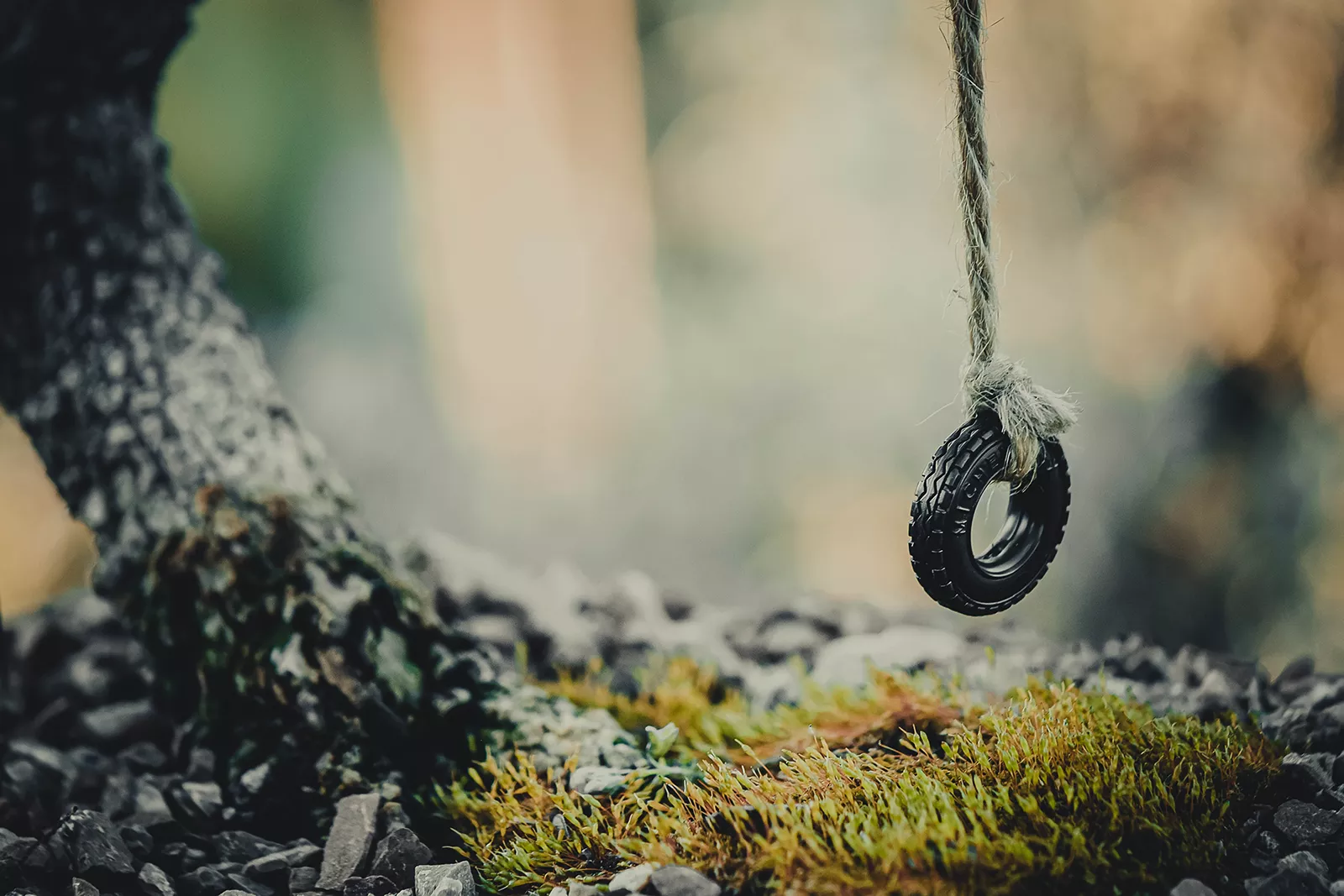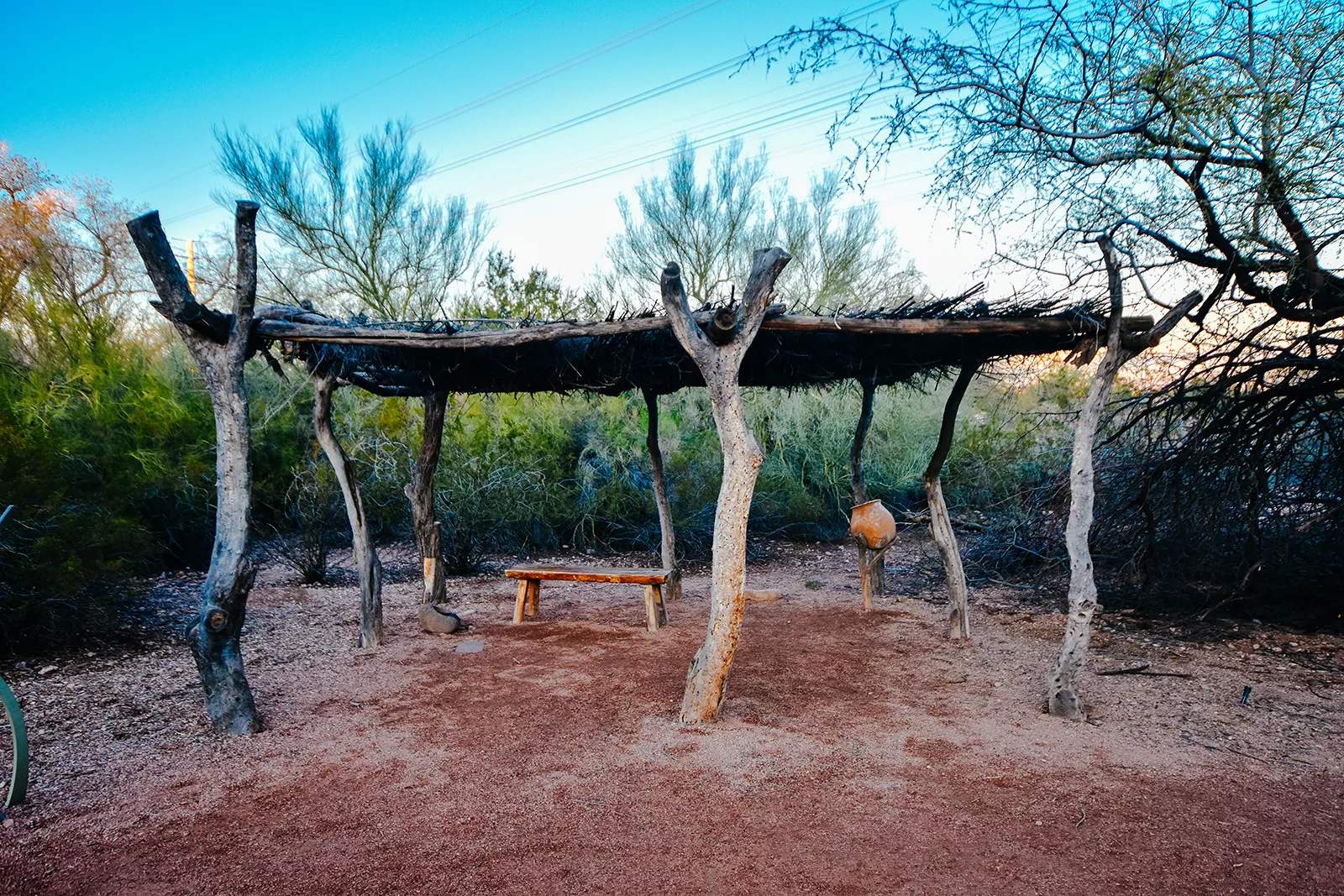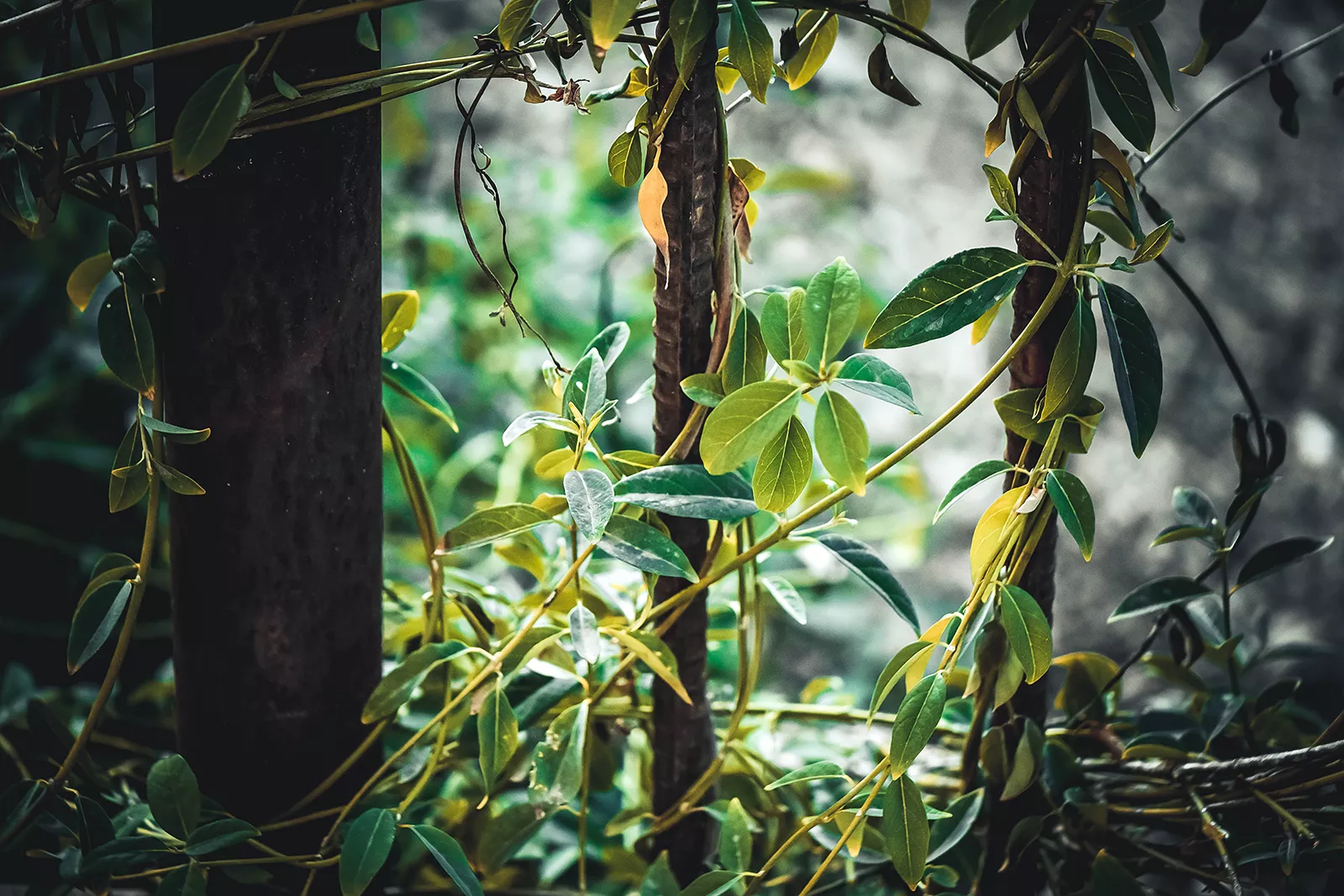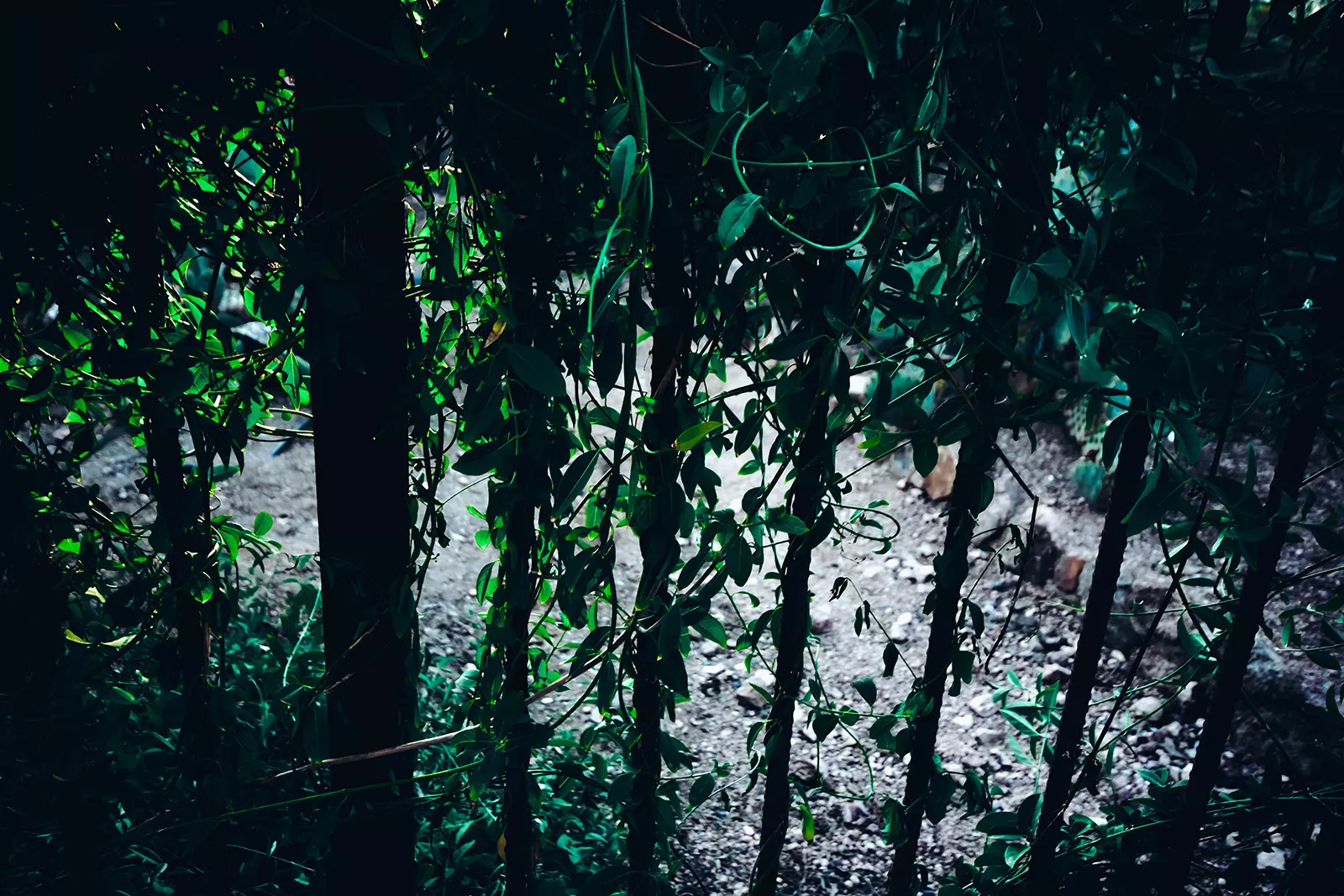Desert Botanical Garden: Exploring Sonoran Desert Life
Covering over 140 acres of land and home to an astonishing 50,000 different plant species, the Desert Botanical Garden in Phoenix, Arizona, is truly a remarkable and unique destination. This garden goes beyond the typical desert offerings of cactus and succulents, showcasing stunning landscaping featuring flora from some of the most parched and scorched locations around the world.
Visiting Desert Botanical Garden was simply the best experience I’ve ever had. The weather was perfect, and the well-marked trails and ample space allowed for an enjoyable and stress-free visit. The butterfly exhibit was fantastic, and I’m already planning to return to explore the grounds again!
The garden welcomes visitors between 7 a.m. and 8 p.m., with the last admission allowed one hour before closing. Admission prices are $14.95 for adults and $9.95 for children between the ages of 3 and 17 (hours and admissions fees subject to change). Hungry explorers have the option of indulging in various dining experiences, with the Patio Cafe offering delightful small bites and Gertrude’s, a Diner’s Choice Award Winner, serving up delicious meals made with produce sourced from the Garden itself. Don’t forget to visit the gift shop, where you can find unique and useful souvenirs, including sustainable bags made with Supernatural Paper, products made from prickly pear, and charming watercolor-painted thermal water bottles. For those eager to delve even deeper into the realm of desert botanical studies, a visit to the library is a must.
Situated within the breathtaking Papago Park, the Desert Botanical Garden is an absolute treasure. It stands as a testament to nature’s resilience, demonstrating that life can thrive even in the driest of landscapes, creating a magnificent environment that civilizations have always harnessed to their advantage. So, if you find yourself in the area, a drive to this enchanting garden will undoubtedly leave you in awe and with unforgettable memories.
As you venture into the sprawling 140 acre landscape of the Desert Botanical Garden, you’ll encounter an astounding array of botanical wonders from all corners of the globe. This living museum boasts a remarkable collection of over 50,000 plants, with a staggering one-third of them being native to the area, including 379 species that are rare, threatened, or endangered.
One of the highlights of the garden is the rich and diverse collections of agave, totaling an impressive 4,026 plants across 248 taxa. The cactus collection is equally awe-inspiring, featuring an astonishing 13,973 plants representing 1,320 taxa, with special emphasis on the Opuntia sub-family. To preserve and protect plants from less extreme climate conditions, shadehouses are thoughtfully provided, ensuring their survival and study.

As you meander through the carefully curated trails, each turn reveals a different ecosystem waiting to be explored. Walk through the mesquite bosque, a serene and shaded area where mesquite trees provide a peaceful respite from the sun’s scorching rays. Wander into the semi-desert grassland, where you’ll witness the hardy vegetation that thrives in these harsh conditions. And don’t miss the upland chaparral, a fascinating and rugged landscape teeming with resilient plant life.
Beyond its role as a stunning botanical garden, the Desert Botanical Garden takes on a more profound responsibility as a hub for education and research. Specialized tours, workshops, and lectures are offered, delving into various aspects of desert landscaping, horticulture, nature art, photography, health, and wellness. Whether you’re a seasoned plant enthusiast or a curious beginner, there’s something here to expand everyone’s knowledge and appreciation of desert flora.

Throughout the year, the Garden hosts a range of captivating events to engage and delight visitors. Spring and Fall open-air acoustic concert series fill the air with melodic tunes, while art exhibitions showcase the beauty of the natural world through various creative expressions. The highly anticipated Las Noches de las Luminarias is a beloved Southwestern Holiday tradition, where 8,000 hand-lit luminarias illuminate the Garden, accompanied by live music, creating a magical and enchanting atmosphere.
It’s worth mentioning the integral role volunteers play in the Garden’s continued success. From its inception, volunteers have been essential in its creation and development. They passionately contribute their time, talents, and professional expertise, assisting the staff in maintaining the Garden’s status as a premier plant research institution. Additionally, volunteers serve as valuable members of the Board of Trustees, helping set policy and govern the Garden, ensuring its legacy for future generations.

The Desert Botanical Garden’s dedication to diversity and inclusion is evident not only in its plant species but also in its workforce. Staff members come from various ethnicities, genders, colors, ages, races, religions, abilities, national origins, gender identities, and sexual orientations. This commitment to inclusion, diversity, equity, and accessibility (IDEA) creates an environment where everyone feels welcome, engaged, and valued.
Stepping back in time, we find that the Garden’s journey began in the 1930s when a passionate group of local citizens recognized the need to conserve the delicate desert environment. Swedish botanist Gustaf Starck was a driving force, rallying like-minded residents with a simple sign that read “Save the desert.” This led to the formation of the Arizona Cactus and Native Flora Society, dedicated to promoting an understanding and appreciation of the world’s deserts, especially the local Sonoran Desert.

Thanks to the support and encouragement of individuals like Gertrude Webster, who donated her land in what is now the neighborhood of Arcadia, the Garden found its permanent home in Papago Park. The vision of these dedicated individuals materialized in 1939, when the Desert Botanical Garden officially opened its doors as a non-profit museum dedicated to research, education, conservation, and display of desert plants.
With a core mission to advance excellence in education, research, exhibition, and conservation of desert plants, with an emphasis on the Sonoran Desert, the Garden serves as a compelling attraction that brings to life the wonders of the desert. It continues to be a premiere center in the world for the exhibition, research, and conservation of desert plants, including a diverse range of programs, lectures, and workshops to enrich the visitor experience.

In addition to its commitment to education and preservation, the Garden has taken on significant responsibilities in the realm of research and conservation. Its dedicated team of Research and Conservation staff tackles critical issues affecting desert health and sustainability. Spanning 85,000 square feet, the Hazel Hare Center for Plant Science is a hub of activity, where researchers and volunteers diligently work to grow, study, and care for a world-class collection of desert plants. Many of these species are rare and endangered, and preserving their genetic diversity is crucial to their survival.
The Desert Botanical Garden’s contribution to conservation goes even further with its Seed Bank and Seed Photography Laboratory. Housed in the Ahearn Desert Conservation Laboratory, the seed bank is a vital repository containing over 4,000 seed accessions, representing some of the rarest plants in the world. With a primary focus on conserving desert plants, particularly those from the cactus and agave families, the Garden also collaborates with esteemed institutions like the Smithsonian and the North American Orchid Conservation Center to preserve seeds from numerous orchid species found in the Southwest.

This meticulous seed banking effort acts as an insurance policy, a safeguard against the extinction of vulnerable plant species. While it cannot replace the necessity of protecting their natural habitats, seed banking plays a crucial role in preserving genetic diversity and providing hope for the future of these remarkable desert plants.
Adding to the Garden’s commitment to research, the Desert Botanical Garden Herbarium stands as the largest herbarium in Arizona, supported by a nonprofit institution. With over 93,000 accessions in its collection, the herbarium has been designated as a National Resource Collection, representing a vast repository of plant specimens for research and study.

To further deepen our understanding of desert plant ecology, the Garden houses the Dryland Plant Ecophysiology Lab. Here, researchers focus on studying plant ecophysiology traits that underlie adaptation to heat waves, drought, and other environmental stressors. With innovative approaches to studying plant water relations, photosynthesis, and growth, the researchers aim to identify solutions for restoring and conserving dryland forests, plant communities, and sensitive species threatened by global environmental changes.
Delving into the microscopic world, the Laboratory of Evolutionary and Conservation Genetics in the Garden’s Research, Conservation, and Collections Department utilizes a molecular lab facility equipped with eight individual workstations. In this lab, diverse research topics are explored, ranging from the phylogenetics of major plant groups, such as the agavoideae, to population genetics of individual rare plant species.

The Desert Botanical Garden’s commitment to pollinator conservation is another crucial aspect of its efforts. Since 2002, the Butterfly Pavilion has been a focal point of understanding the special relationship between insects and plants in the Sonoran Desert. The Garden’s Pollinator Conservation Research Program dives deep into this intricate relationship, working on projects like plant propagation, milkweed ecology, and determining the impact of climate change on the monarch butterfly population, which is now listed as endangered. By engaging in research and conversation, the Garden aims to raise awareness of issues threatening butterflies and other pollinators’ survival and empower the public to take action to protect these vital populations in their own backyards.
As you can see, the Desert Botanical Garden is more than just a place of natural beauty and tranquility. It is a hub of education, research, and conservation, dedicated to advancing our understanding of desert plants and ecosystems. From its humble beginnings to its current standing as a living museum, this Garden has flourished thanks to the vision and passion of many individuals who recognized the significance of preserving and celebrating the wonders of the desert. Whether you’re a local seeking a peaceful escape or a curious traveler looking for an extraordinary experience, a visit to the Desert Botanical Garden promises to be a journey of discovery and appreciation for the resilience and beauty of desert life.
Desert Botanical Garden Trails
Once you step inside the park, you’ll find yourself amidst five different paved trails to explore. Embark on a journey of discovery through the Desert Botanical Garden’s well-paved trails, each offering a distinct and captivating experience.
The Desert Botanical Garden Loop will lead you all around the park, treating your eyes to sweeping mountain views while immersing you in the resilience and survival strategies of the desert’s plants and animals.
Each trail at the Desert Botanical Garden offers a unique and enriching perspective on the wonders of the Sonoran Desert. Whether you seek scenic vistas, sustainable gardening inspiration, diverse plant life, or cultural connections, thee winding trails promise to leave you with a deep reverence for the beauty and adaptability of desert plants.

What’s Nearby Desert Botanical Garden
The Phoenix metropolitan area is a haven for outdoor enthusiasts, and its collection of parks and preserves offer a diverse range of natural wonders to explore. Papago Park, with its iconic red sandstone buttes, is a favorite spot for hiking and photography, providing a captivating desert landscape. Just nearby, Tempe Town Lake offers a serene escape along the shores of a man-made lake, perfect for leisurely walks and relaxation. For those seeking a scenic biking or walking route, the Arizona Canal Trail meanders through the city, offering a refreshing urban escape.
Nature enthusiasts will find their paradise in the Phoenix Mountains Preserve and South Mountain Park and Preserve, where an extensive network of trails winds through rugged desert terrain, offering panoramic views of the city and a true wilderness experience. Additionally, the Riparian Preserve at Water Ranch provides a unique wetland habitat in the desert, ideal for bird watching and peaceful walks. Not far from Phoenix, the Saguaro National Park is a must-visit, showcasing the majestic saguaro cactus and offering a quintessential Arizona desert experience. With an abundance of outdoor spaces to explore, the Phoenix area invites locals and visitors alike to revel in the beauty and tranquility of its stunning parks and preserves.
Desert Botanical Garden Parking Information
To visit the Desert Botanical Garden, head to 1201 N. Galvin Parkway in Phoenix, Arizona. The Garden is located within the scenic Papago Park. If you’re coming from the central part of the city, take McDowell Road and turn onto Galvin Parkway. From there, follow the signs that will lead you directly to the Garden’s entrance.
Parking is conveniently available on-site, so you won’t have to worry about finding a spot. As you approach the Garden, follow the signs indicating the designated parking areas. The Garden provides ample parking spaces for visitors, ensuring a hassle-free experience. Once parked, simply make your way to the entrance, and get ready to embark on an unforgettable journey through the fascinating world of desert plants and ecosystems at the Desert Botanical Garden.



